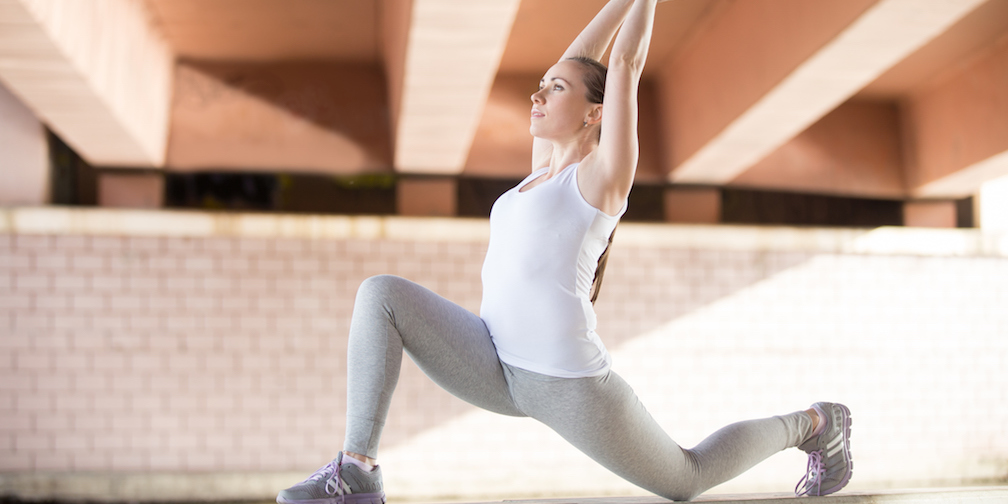Groin strains have become a growing injury for athletes as well as active individuals that can sideline people for varying lengths of time.
According to Dr. Schmutz, a Mercy Health chiropractor working in Youngstown, OH, groin injuries are most common in soccer, tennis, basketball, and football. They can also occur in swimming, due to the nature of the breaststroke kick.
“Groin strains can happen in almost any activity, but primarily those that involve changes of direction, jumping or kicking,” says Dr. Schmutz
What is a groin strain?
A groin strain is an injury to any of the muscles of the inner thigh, which give you the strength to bring your thighs together. Commonly called a pulled muscle, groin strains are actually the tearing of muscles at a microscopic level. This tearing can cause pain and inflammation.
Signs and symptoms of a groin strain will vary depending on the severity of the strain.
- Low-grade strains: theses may only cause a mild degree of discomfort in the area of injury.
- Severe strains: these may cause bruising or swelling, and the patient may have pain with walking.
What causes a groin strain?
These injuries are typically caused by stretching the muscle beyond its normal range of motion. It is also caused by stretching it within its normal range, but too quickly. In general, most muscle injuries happen because our bodies are not trained or prepared to properly perform the activities or movements we are trying to accomplish.
How are they treated?
As far as treatment goes, it begins with what Dr. Schmutz described as a process called PRICE:
- Protection
- Rest
- Ice
- Compression
- Elevation
“From there, we start a series of exercises not only for the injured adductor muscles, but also for the surrounding hip muscles, gluteal muscles, and lower back/core,” he adds.
Patient are typically treated with an in-office exercise program as well as exercises to perform at home. Complete recovery may take anywhere from two to 12 weeks, depending on the severity of the injury.
“While injuries do happen, they are generally preventable them,” says Dr. Schmutz. Stretching before activities and adding weightlifting to your exercise routine are a few ways to help protect and strengthen your groin muscles.
Learn more about the sports medicine services offered at Mercy Health.






